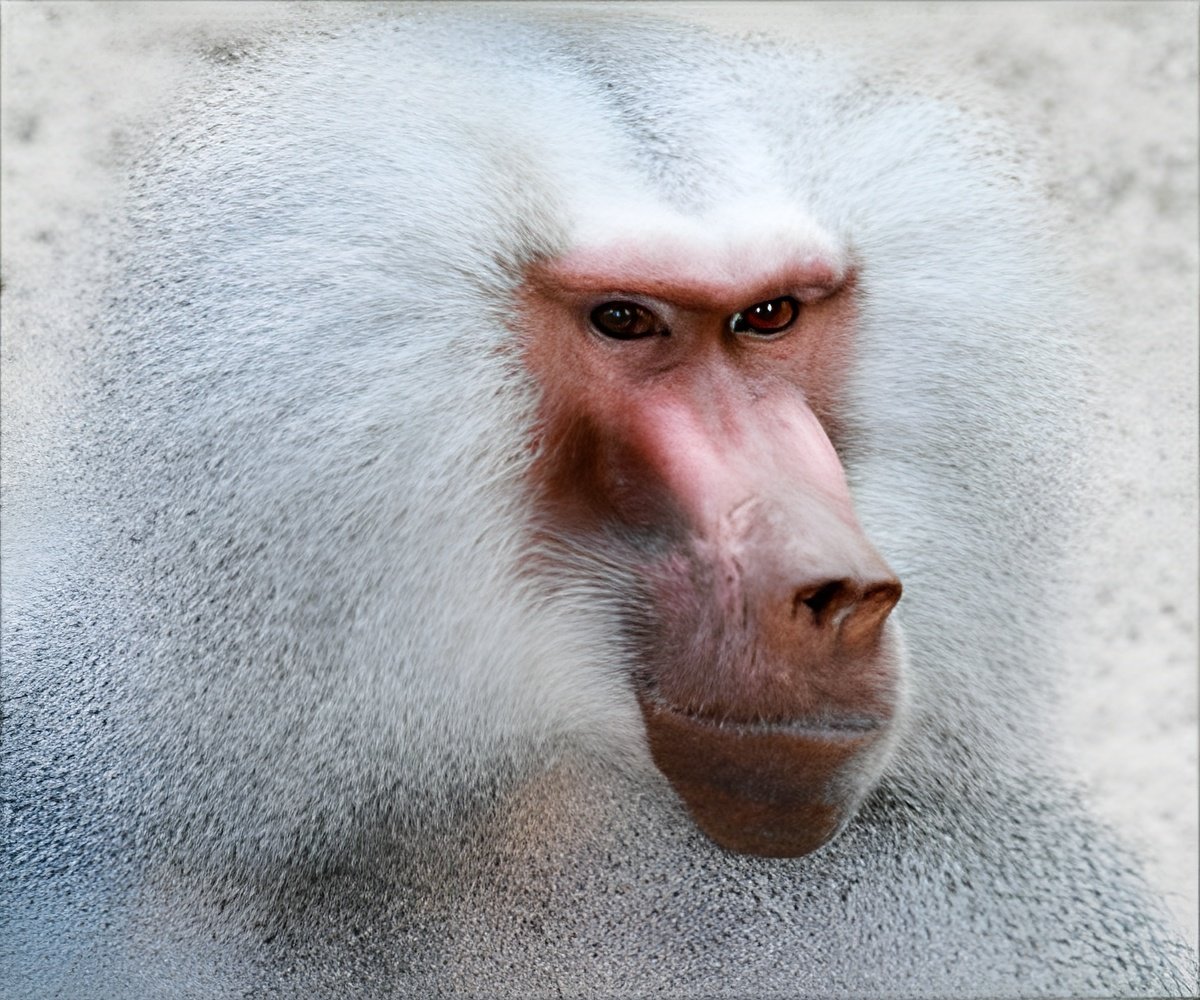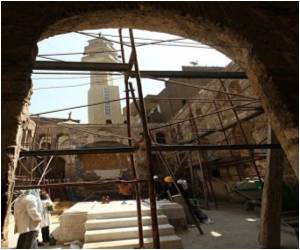Baboons have co-existed with hominins at several fossil localities in East Africa, South Africa and they are sometimes used as comparative models in human evolution.
A two-million-year-old ape skull that could represent the earliest known member of the modern baboon species has been discovered by researchers. The partial skull was found at Malapa, in the Cradle of Humankind World Heritage Site. In 2010, a partial skeleton of the new early hominin species, Australopithecus sediba, was discovered at the same site.
Lead author of the study Christopher Gilbert from Hunter College of The City University of New York, US, said, "Baboons are known to have co-existed with hominins at several fossil localities in East Africa and South Africa and they are sometimes even used as comparative models in human evolution. The skull confirms earlier suggestions that the fossil baboon species to which it belongs, Papio angusticeps, was in fact closely related to modern baboons, and quite possibly the earliest known members of the modern baboon species Papio hamadryas. The specimen from Malapa and our current analyses help to confirm the suggestion of previous researchers that P. angusticeps may, in fact, be an early population of P. hamadryas."
Analyses of the newly found specimen at Malapa, and the group of fossil specimens traditionally placed in the fossil species P. angusticeps, suggest that P. angusticeps displays anatomy that is consistent with modern baboon populations. Gilbert said, "If you placed a number of P. angusticeps specimens into a modern osteology collection, I don't think you'd be able pick them out as any different from those of modern baboons from East and South Africa."
The findings were published in
PLOS ONE.Source-IANS

 MEDINDIA
MEDINDIA




 Email
Email




